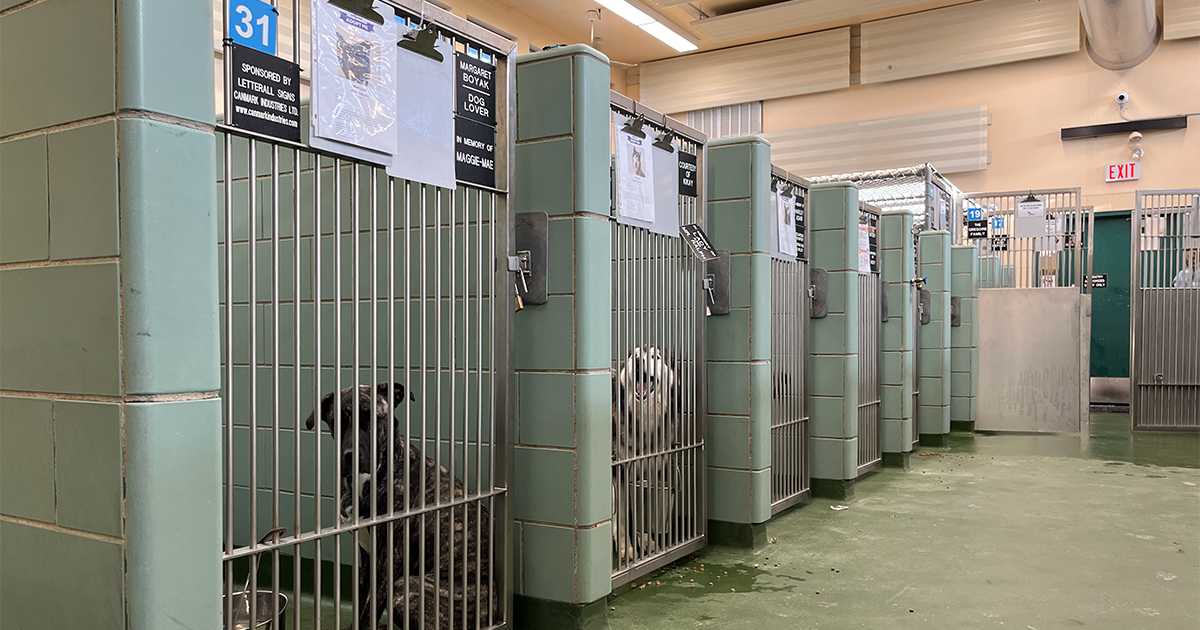
Overcrowding at the Animal Services Agency has been an ongoing issue since the pandemic, with the shelter often holding twice the number of dogs it has capacity for.
While adopting a dog or taking one out for a Doggie Date is a great way to help keep dogs out of the shelter, there are other ways you can help if you’re not ready to take a new pet into your home.
“The best outcome for a lost dog is to be connected directly with their owners, without needing to stay at our shelter,” said Leland Gordon, General Manager of the Animal Services Agency.
What to do if you find a lost pet
If you find a lost dog or cat in the community, it’s likely they aren’t far from home. Start by looking for a pet licence or other identification. If there is none, ask nearby residents if they own the pet or know its owner.
If you are unable to immediately locate the owner, and are comfortable with the dog or cat, you can bring it to your home. Make sure they are secured either inside your home or in a fenced yard, and offer the pet water.
Post a photo and description of the pet on your community social media pages, as well as on Winnipeg Lost Dog Alert, Winnipeg Lost Cat Assistance, or Winnipeg Missing and Found Cat Watch.
If you’re still unable to locate the owner, or you aren’t able to take the pet with you, contact 311 (for lost dogs) or the Winnipeg Humane Society (for lost cats).
What to do if you own a pet
The Responsible Pet Ownership By-law requires that all dogs and cats over the age of six months be licensed.
While a licence tag should be worn on your pet’s collar at all times, you should also have them wear a tag with your personal phone number or contact information.
Personalized tags can be found online or at engraving shops. Collars with GPS tracking or holders for tracking devices such as AirTags are also available at retailers.
Microchipping and tattooing, included with all dogs available for adoption at the Animal Services Agency, can be performed by a veterinarian.
Finally, having your pet spayed or neutered helps control overpopulation while keeping them healthy. Spay and neuter cost assistance for residents living on low income is available through the City-supported SNAP program at the Winnipeg Humane Society or our Prevent a Litter program.
If you do lose your pet, contact 311 (to report lost dogs) and/or the Winnipeg Humane Society (to report lost dogs and cats) to file a report, and follow these steps.
